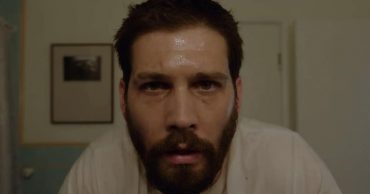This interesting video on the basics of writing a screenplay is something that a lot of aspiring screenwriters should think about watching if they’re serious about getting their story noticed and made into a film by someone that is looking for an engaging story. Having written a few myself, but obviously never having sold one yet, this kind of a lot of review but it’s still something I think that anyone with an interest would be wise to look at. One thing you have to remember about a screenplay however is that it’s not a book. You’re not writing prose, and as a result you don’t need to be that descriptive. Instead of writing to create pages and expanded content you’re writing to create something concrete that can be filmed and idealized by those that read the script.
Description is still a desired thing but it has to give a visual that people can see and understand. There’s almost no room for prose in a screenplay since it has to be the story, literally. It has to show people that are reading it just what is happening, where the characters are at, and what they are doing. If it goes into too much detail then it becomes harder to to translate to film.
Dialogue is also important in a screenplay. There can be a great deal of buildup to the dialogue but once it happens the common practice is to center the dialogue and use all capital letters for the name of each speaker. This identifies who is speaking and who the focus is on at that moment. Parentheticals are also helpful since they give you an idea of just what is happening while the person is speaking, as in what kind of mood they are displaying, to whom they are speaking, and so on and so forth.
At the beginning of each scene you always want to put INT. or EXT. to indicate whether the scene is taking place inside or outside. If you leave this out then the chances are good that those reading the script won’t know just where the scene is taking place. Also, you want to tell WHERE the scene is taking place so as to keep everything in order and give yet another visual about the story that people will be able to fix in their mind. For instance if a fight scene is taking place outside on a windy bluff or perhaps inside a darkened room you’ll want to set the pace by writing down just where the combatants are and what the current situation is. Being as blunt as you can while still paying attention to detail is important since this puts a picture in people’s heads of what is happening.
One last thing to remember is that you need to be open to revision. If you hand your script off to someone else to read and they make a few suggestions don’t get bent out of shape about it. They might have noticed an error in your writing or description that you didn’t see. Or they could have seen something that might come off as a better arc if you change things just a bit. Always be open to suggestions as a writer, it tends to save a lot of stories from being relegated to just another failed screenplay.
After all, look at what Star Wars used to be before Lucas showed it to his buddies.
 Follow Us
Follow Us




